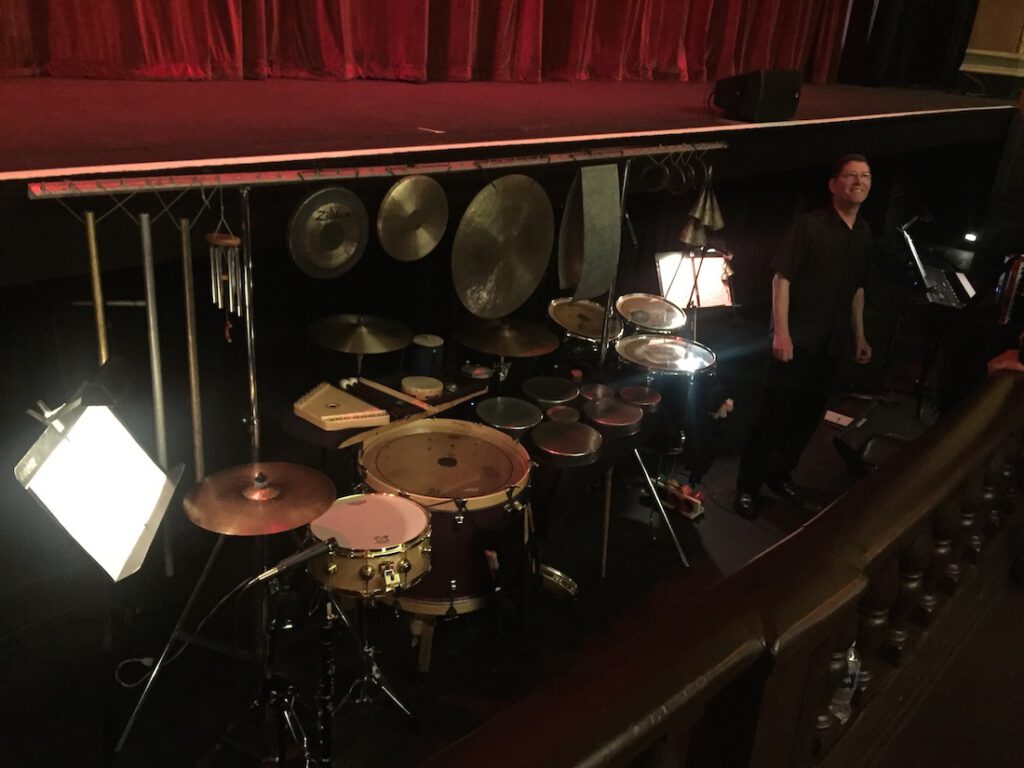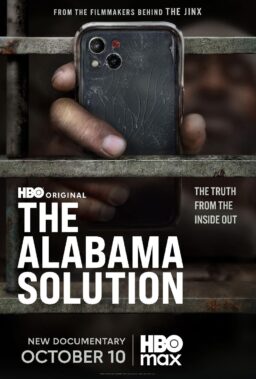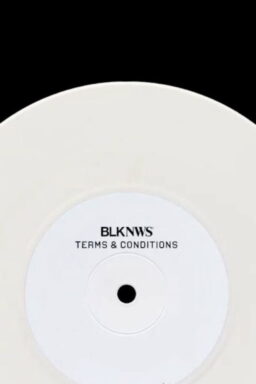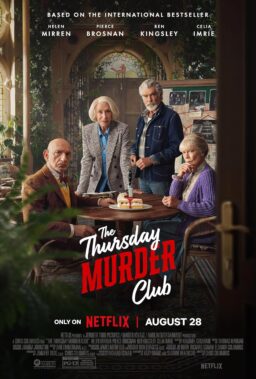Editor’s note: The following article was written by Ebert Fellow Shalayne Pulia of The Daily Illini.
The Alloy Orchestra has a favorite photo, now lost, taken in the mid-‘90s. A soundman had captured Roger Ebert taking a photo of them at a Telluride Film Festival where they had met.
Ebert took a liking to their unique set of “junk” percussion sounds rather quickly. They describe his glowing review as the best compliment they could ever receive.
Ebert invited the band to the very first of his festivals (then called the Overlooked Film Festival). Since then, they have been back 16 times to accompany many silent films like “L’Inhumaine,” which screened at this year’s Ebertfest on Friday afternoon.
“The film festival still has this amazing energy,” said Ken Winokur, director, percussionist and clarinet player of the group who also chooses the films to score.
Winokur spoke about Ebert’s influence when I talked to the Alloy Orchestra before their performance in a basement-level dressing room below the stage.
“But Roger had a special quality to him. He was so important in the film industry and his opinion was so well respected. But he was just such an easygoing guy. And he was so fun to hang out with.”
It all began in Boston. They’d known each other from being in the same small circles. Their roots stem from a strong ‘80s Boston rock scene that transcends into their work now, as an attitude most evident in the quasi-electric guitar notes from Roger Miller’s synthesizer in this year’s screening.
But they are not a rock band. They are a three-man orchestra who takes direction from a source almost as unique as their instruments.
“The film is our conductor. Everything we do is defined by the film,” said Miller.
This year the trio celebrates 25 years making music together. In those 25 years, they have scored 30 films, but this one was particularly difficult.
Moderator Michael Barker of Sony Pictures Classics described “L’Inhumaine,” or “The Inhuman Woman,” as “the best movie ever made with the worst acting of all time.”
Alloy Orchestra would agree.
The drama-science fiction storyline follows prima donna Claire Lescot (Georgette Leblanc) while she is courted by an American showman, Russian mystic, Hindu maharajah and young scientist. The scientist, Einar Norsen (Jaque Catelain) eventually wins her affections.
However, the film’s century-long resonance stems from the collaborative effort of its creators. Director Marcel L’Herbier worked with Fernand Léger, a French painter, sculptor and eventual filmmaker, who designed the sets. Costumes were the work of fashion designer Paul Poiret. Even René Lalique, whose glass is still popular in vintage scenes today, designed the glassware.
It was like the entire French avant-garde art scene of the 1920s came together to have a hand in this beautiful disaster of a film—a collaborative effort reminiscent of the way the Alloy Orchestra composes their music.
Usually, they take about three to four months to compose collectively, scene by scene.
“A lot of it is improv and instinctually based,” said Donahue. “We watch a scene and think, ‘How does it make us feel? And how do we translate that into what we hear?’”
Like most live music, their work evolves with time.
“Even once we’ve scored it, and they’re generally pretty tightly scored, there’s room to play within,” said Donahue.
Ebert once described their sound as classical with a rock and roll attitude. To that, Donahue adds the freedom of a jazz score as one of their defining markers.
It’s this quirky combination that works much like their quirky instruments do—certainly odd but emotionally evocative for a special cinematic experience. It can be more like live theater within a live orchestra performance.
Audiences react to the films, but the band has to maintain a steady marriage between performance and fading to the background sound bridging the gap of visual and auditory entertainment.
“We can react to the crowd a little bit, and we do,” said Winokur. “But we can’t get carried away with the crowd because the movie stays the same. The movie doesn’t get any more enthusiastic or less enthusiastic.”
That idea took some getting used to. Generally, live music begs for attention feeding on the energy of a crowd. But this group aims to literally fill the space between film and audience with a fluid musical representation of emotion.
That’s always the goal—becoming the physical and musical link between these silent films, “L’Inhumaine” from 1924, and modern audiences. They’re the link—the missing thread. And they worry more about bringing the ethereal ethos of the silent era to a new age than paying homage to the director or film’s natural scores.
“We knew from that first show that there’s a unique energy that gets created from the symbiosis of the beautiful film projection and live music,” said Winokur.
They aim for a different kind of acclaim.
“It’s one of the peculiar things of this type of band that our greatest honor is when somebody says, ‘we forgot there was a band playing. We just accepted that was the score, and then we realized that you were playing.’ And that blows their mind,” said Miller.
But sometimes, they do receive the kind of acclaim Ebert once gave them.
“There are other people that say, ‘I want to see this again because I spent all the time watching you guys play. Next time I’m going to watch the movie.’ That’s equally as good a compliment,” said Donahue.
The latter compliment should have been more difficult during Friday afternoon’s screening because the group was stationed in the pit below stage level between audience and film. Their attention was less cohesive and more aimed at their cinematic conductor upstage. But their sound was remarkably well organized and peculiar in all the right ways—perhaps most evident in the films final laboratory scene with flashes of light and unique layering of shots in the film.
The Alloy Orchestra trio succeeded in something special for this Ebertfest audience. Their atmospheric sounds featured a musical saw played with a string instrument’s bow, wind chimes made of horseshoes and one curved scrap of metal found on the streets of New York City, large drums, coils and much more.
They held on to the audience in a way that would make separation of their score from the film a disservice to the full experience.
As Winokur said, “Something’s got to help propel the story, and that becomes us.”











